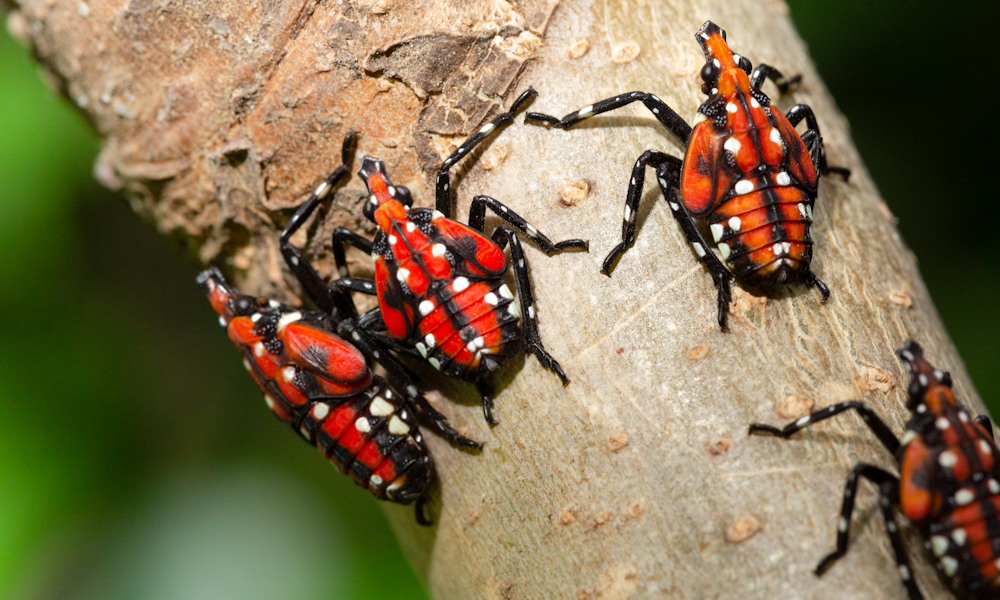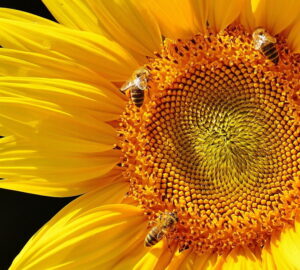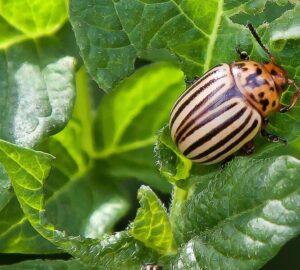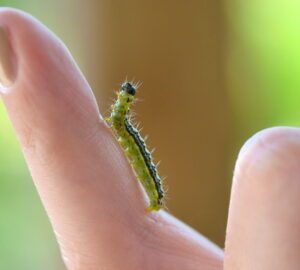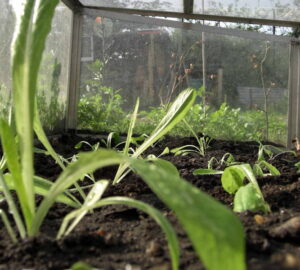As gardeners, we constantly strive to create thriving gardens, but the growing threat of invasive pests and plant diseases poses new challenges every year. Recent studies and surveys reveal that these invaders not only threaten individual gardens but also regional ecosystems and biodiversity. Understanding the latest threats and effective management techniques is crucial to protecting our plants. Here, we delve into some of the most concerning pests and diseases currently impacting gardens worldwide and offer practical solutions to combat them.
1. Spotted Lanternfly (Lycorma delicatula)
The spotted lanternfly, native to Asia, has rapidly spread across parts of the United States and Europe. This pest primarily feeds on the sap of plants, weakening them and making them more susceptible to diseases. It targets a wide range of plants, including grapevines, fruit trees, and ornamental plants.
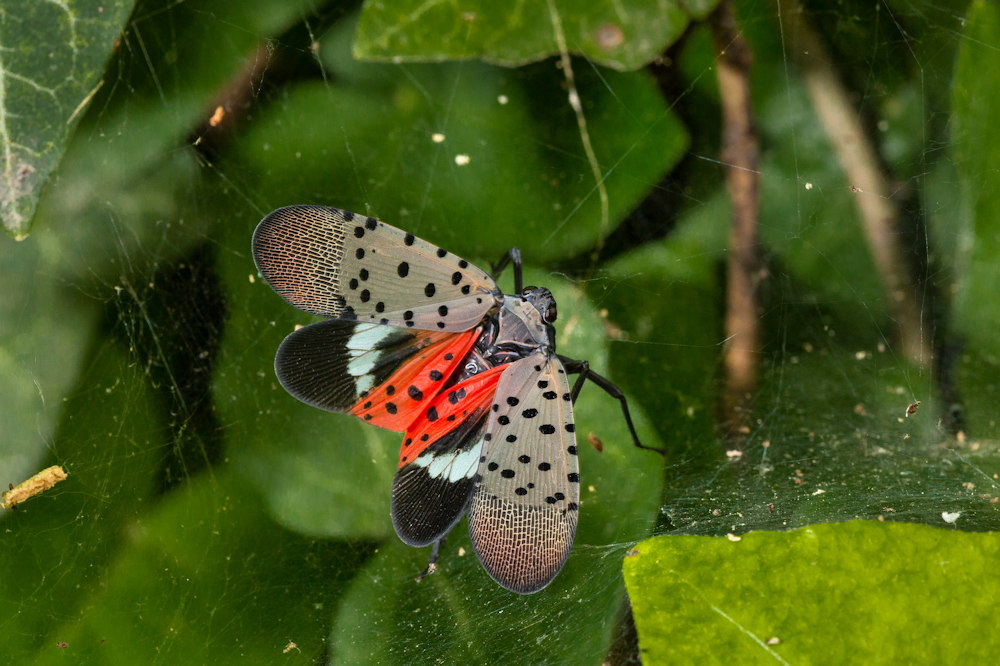
Signs of Infestation
Black, white, or red nymphs on plants, large numbers of adult lanternflies, honeydew (sticky substance) on leaves, and sooty mold growth.
Control Methods
- Physical Control: Remove and destroy egg masses in winter by scraping them off surfaces.
- Biological Control: Introduce natural predators such as parasitoid wasps.
- Chemical Control: Use systemic insecticides like imidacloprid, especially for severe infestations, but consider environmental impact and safety.

2. Box Tree Moth (Cydalima perspectalis)
The box tree moth is a relatively recent invasive pest that has devastated boxwood plants across Europe and North America. The larvae feed on the leaves and bark of boxwood plants, often leading to defoliation and plant death.
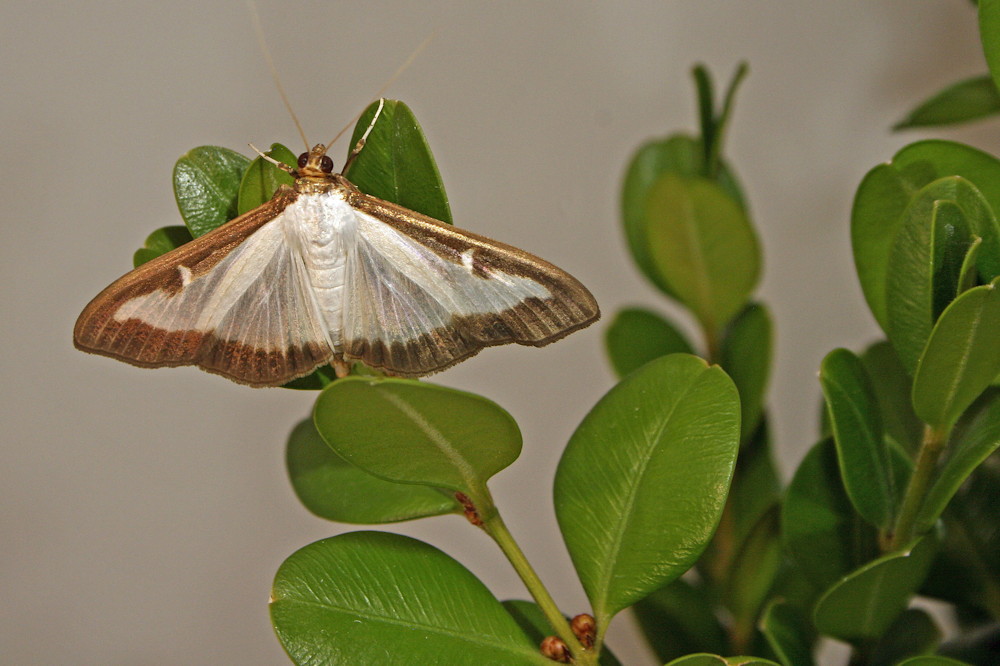
Signs of Infestation
Webbing and frass (insect droppings) on leaves, leaf skeletonization, and dead foliage.
Control Methods
- Monitoring and Trapping: Use pheromone traps to monitor adult moth populations and reduce mating.
- Manual Removal: Regularly inspect plants and remove larvae and webs by hand.
- Biological Control: Apply Bacillus thuringiensis (Bt) during the larval stage to target young caterpillars.
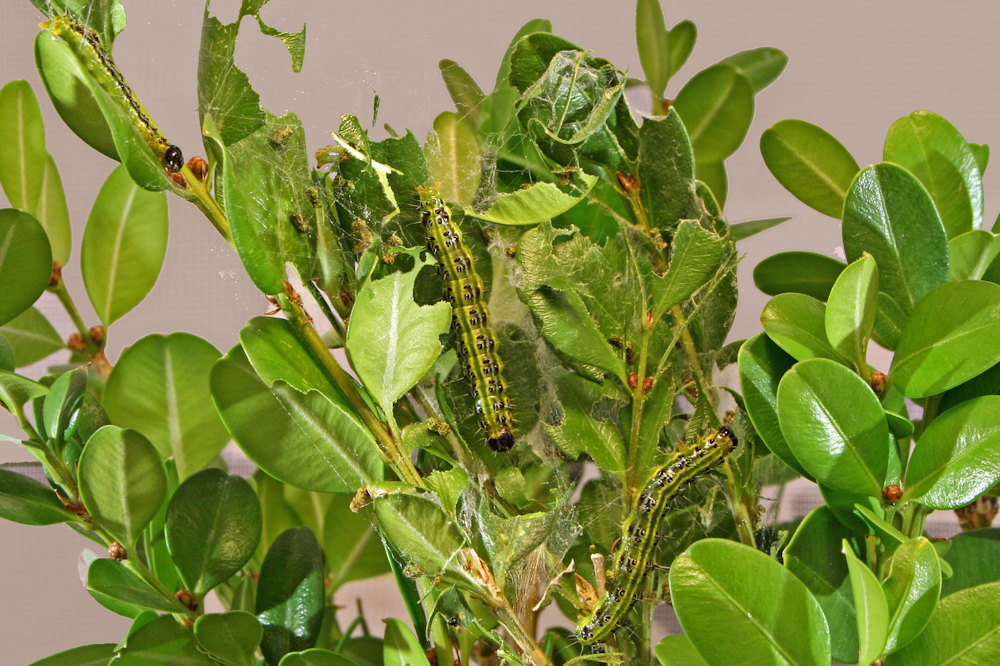
3. Tomato Brown Rugose Fruit Virus (ToBRFV)
A relatively new plant disease, Tomato Brown Rugose Fruit Virus (ToBRFV), affects tomatoes and peppers, causing mottling, deformation, and fruit loss. This virus spreads easily through infected seeds, plants, and even clothing and tools, making it highly contagious and difficult to control.
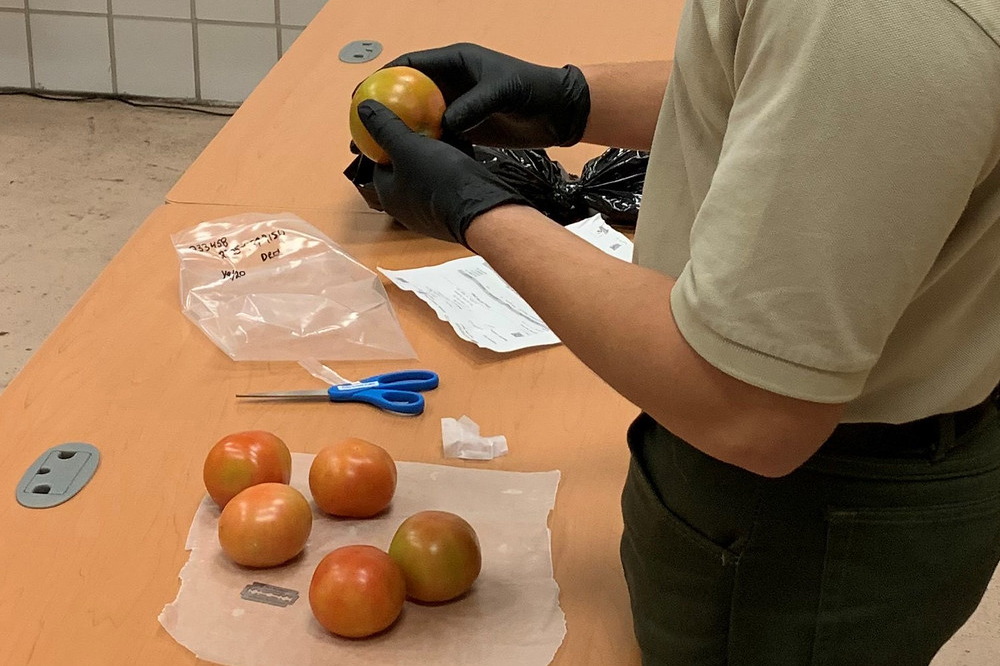
Signs of Infection
Yellowing and mosaic patterns on leaves, brown spots, and deformed fruits.
Control Methods
- Sanitation: Disinfect tools, greenhouse structures, and hands regularly.
- Use Resistant Varieties: Opt for virus-resistant tomato and pepper varieties where available.
- Removal and Destruction: Remove and destroy infected plants immediately to prevent the spread.
4. Xylella fastidiosa
Xylella fastidiosa is a highly dangerous bacterial disease originating from the Americas and affecting a wide range of plants, including olives, almonds, and ornamental plants. The bacteria block the plant’s xylem, preventing water and nutrient transport, which ultimately leads to plant death. It has caused significant damage in southern Europe, particularly in Italy and Spain.
Signs of Infection
Scorched leaves, stunted growth, and wilting branches.
Control Methods
- Quarantine and Monitoring: Restrict movement of potentially infected plants and monitor for symptoms regularly.
- Removal of Infected Plants: Remove infected plants to control the spread.
- Natural Predators: Research is ongoing on using natural predators to control insect vectors like the spittlebug.
5. Citrus Greening Disease (Huanglongbing or HLB)
Citrus greening disease, caused by the bacterium Candidatus Liberibacter, has wreaked havoc on citrus orchards worldwide, especially in the United States and Asia. The disease is spread by the Asian citrus psyllid and results in stunted growth, bitter fruits, and tree death.

Signs of Infection
Yellow shoots, blotchy mottle on leaves, misshapen fruits, and tree decline.
Control Methods
- Biological Control: Release natural predators like lady beetles to reduce psyllid populations.
- Cultural Practices: Prune infected branches, and apply foliar micronutrient sprays to boost tree health.
- Chemical Control: Use targeted insecticides to control the psyllid population but consider the impact on beneficial insects.
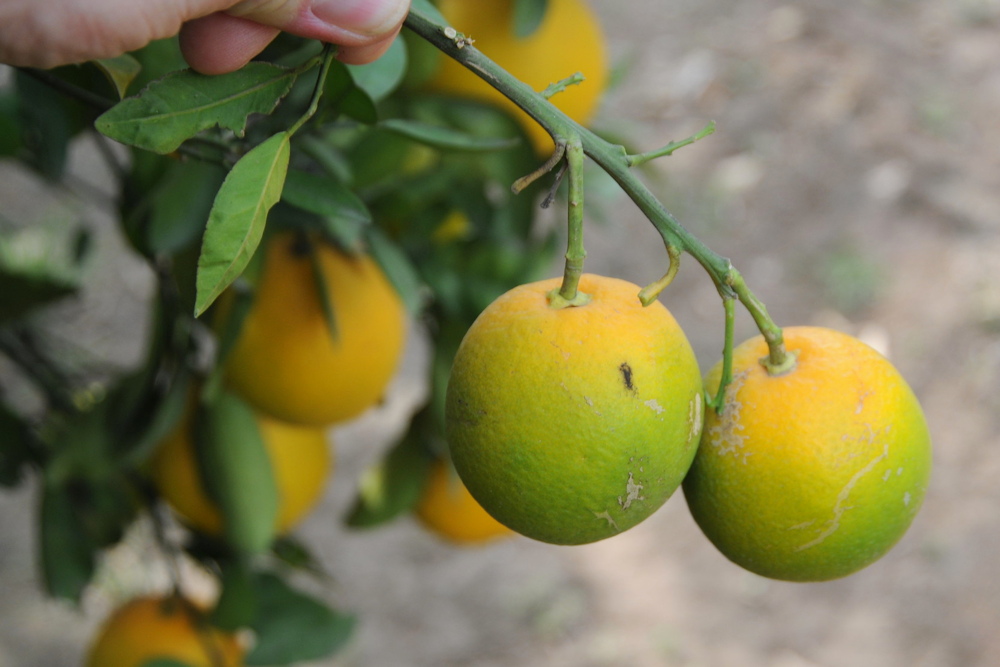
Protect Your Garden
Staying informed about the latest threats and implementing effective management strategies is crucial for gardeners in safeguarding their plants and contributing to a healthy ecosystem. By combining cultural, biological, and chemical controls, we can develop sustainable methods to combat invasive pests and diseases and ensure the longevity of our gardens.



